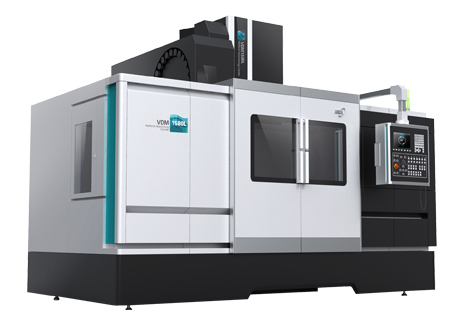Analysis on Common Fault of CNC Turing Lathe System
Ⅰ. Common faults of CNC turning lathe system
CNC turning lathe system faults can also be divided into mechanical faults and electrical faults. Because the same fault phenomenon may be caused by both electrical fault and mechanical fault, so when analyzing the fault of CNC turning lathe, we should first determine the fault category (mechanical fault or electrical fault), and then further find the fault point.
For the analog spindle, the common faults phenomena are: spindle does not turn, spindle speed is slow, thread processing appears messy teeth, etc. From the maintenance point of view, mastering the hardware connection and control principle of spindle control system is the foundation of maintenance work.
Some electrical components of the spindle system include spindle motor, drive, CNC equipment, spindle speed checking equipment, and quasi-stop equipment. Easy to fail is the spindle motor, spindle speed inspection equipment, quasi-stop equipment.
Ⅱ. CNC turning lathe system fault diagnosis method
Generally speaking, the mechanical fault of the system of the CNC turning lathe is easy to be detected, while the difficulty of confirming the diagnosis of electrical fault is greater. The common technical means is through the spindle monitoring page for fault diagnosis. Spindle monitoring page can be by pressing the CNC system function key [SYSTEM], then press the expansion soft key below the CNC system display, find and press the [SP setting] soft key to appear the spindle monitoring interface. The spindle alarm information column provides the spindle and spindle motor alarm information that is displayed instantly when the spindle alarm occurs. In the serial spindle maintenance process, the spindle monitoring page allows you to visually understand the spindle drive, spindle motor, spindle encoder feedback and other related troubleshooting information, and then troubleshoot the problem by consulting the maintenance manual in a targeted manner.
-

Difference between CNC Machine Center and CNC Milling Machine and The Classification
1. Brief introduction of CNC Machine centerThe CNC machine center is developed from the CNC milling machine. The difference from the CNC milling machine is that the CNC machine center has the ability ... -

Types and Applications Analysis of CNC Machining Center (China)
China CNC Machining Centers play a crucial role in modern manufacturing. They integrate digital control systems and automatic tool changers, controlling the processing through programmed codes, achiev... -

The Role of Horizontal Turning Lathe in Earth Moving
When it comes to earth moving equipment, the role of a horizontal turning lathe cannot be overstated. These powerful machines are essential in the construction industry for shaping and cutting metal p...





